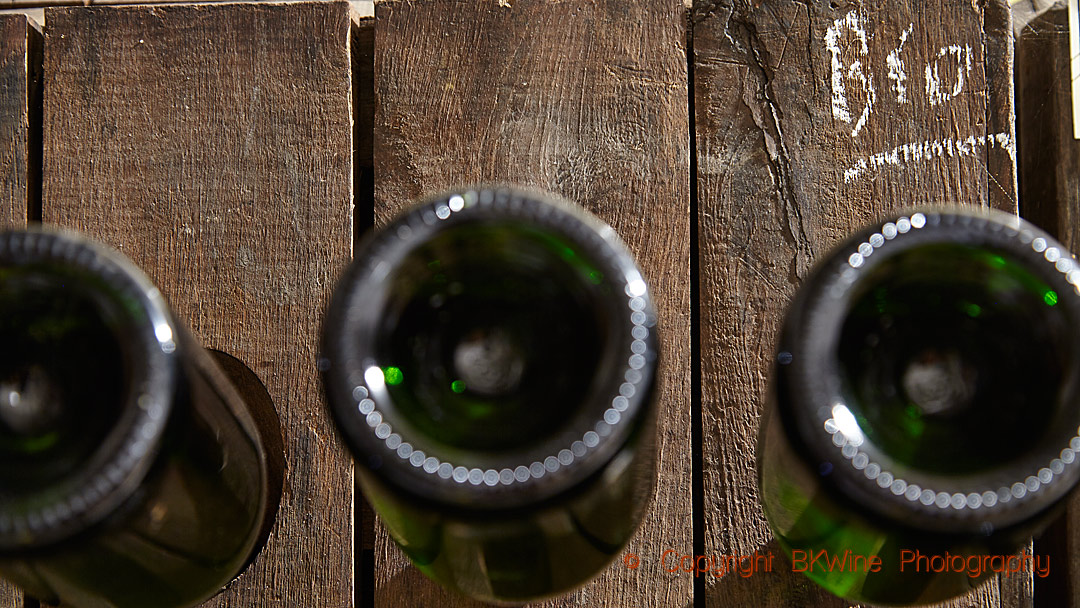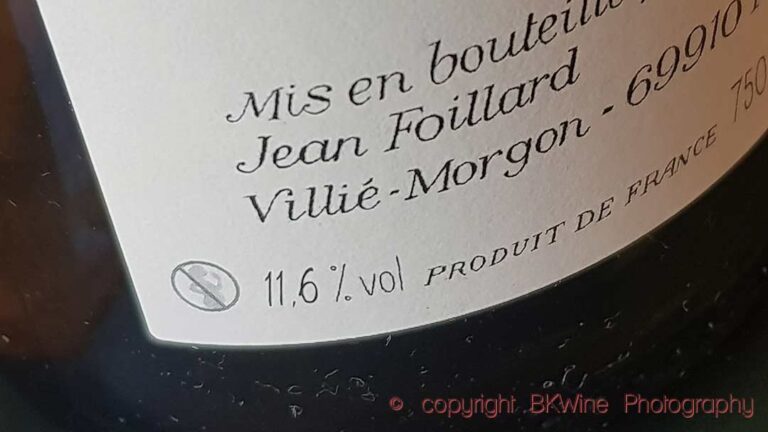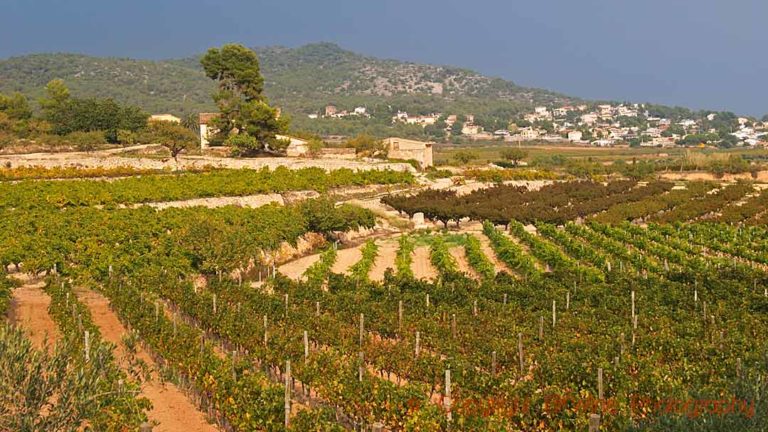New rules came into force for vinification of organic wines on January 1st, 2019. Six new additives are allowed.
- Autolysate of yeast: Nourishes the yeast during the alcoholic and malolactic fermentation.
- Inactivated yeast: Nourishes the yeast during alcoholic and malolactic fermentation.
- Potato protein: Vegetable protein used as a fining agent. Provides a faster and often better fining than the commonly used albumin.
- Protein extracts from the yeast Saccharomyces: Can be used as a fining agent to get rid of excess tannin.
- Chitosane: Obtained from fungal organisms. Can help remove brettanomyces and reduce heavy metal levels such as iron, lead and copper.
- Yeast cell wall mannoproteins: Improves the stability of the wine by preventing potassium bitartrate precipitation (wine crystals).
Read more mon-viti.
These additives (or process aids), like most other permitted ones, are not horrible cheats or faking the wine; they are rather there to make the wine better.
Read: Read more on wine making additives and organic wine in Biodynamic, Organic and Natural Winemaking.










